Table of Contents
To U-CD Commander Codys Great Escape, CGC, A-CD, CDX, NJC,
October 18, 1992-June 6, 2005, my crossover dog: Sorry it took so long for
me to find positive training, and thank you for being such a patient dog.
Foreword
After 25 years of reading, researching, and applying animal training to an assortment of finned, flippered, feathered, and furred crittersfrom whales to walruses, from dolphins to dogsI can confidently state that its finally here: a succinct guide to dog training that explains the often-confusing and complex science of animal learning in simple terms.
Dogs are remarkable animals capable of learning a variety of complex behaviors if owners commit a little time each day and train in small steps using patience and understanding. When they are rewarded for each of these small steps, dogs can learn as fast as dolphins, chimpanzees, or even killer whales. For new pet owners, however, training always seems easiest right before they actually bring the new dog home to live. How hard could it be to teach a Sit, or to walk calmly on a leash, or basic potty training? That is until you realize that the wet spot on the rug is not water, that the neighbors really dont appreciate barking at 2:00 A.M., and that a lets go is supposed to cue your new pet to walk forward and not to go in reverse. As we often learn, what seems simple can get awfully complicated.
Pam Dennison has been a tireless advocate for positive, productive, and enriching training methods, most of which she has outlined in this guide. As a dog-training instructor and award-winning obedience trainer, Pam has patiently guided dog owners so that they might better understand the process of reducing unwanted behavior in a positive and productive way, while maintaining a trusting relationship with their pet. At the same time, she also teaches dog owners how to shape new behaviors such as basic obedience, potty training, and proper socialization with children. Advanced trainers have also benefited from Pams expertise, especially in competition obedience training, where her skills are most obvious.
But most notably, she has enough confidence in her personal-training knowledge and applied skills to take on some extreme behavior challenges using the same techniques outlined in the following pages. The results have been remarkable. Her success with a highly aggressive Border Collie named Shadow has been a shining example of training excellence that quite literally changed Shadows life. The training that Shadow received transformed him from a severely aggressive and reactive animal to a well-trained and well-mannered pet. Even more remarkable, Shadow is now competing in registered trials and doing excellent!
The rewards of dog ownership become evident when animals are taught behaviors that help them live comfortably and confidently in the household. The relationship between a family and their pet is further strengthened when fascinating behaviors are trained that highlight their pets intelligence and personality. Finally, true miracles are accomplished when owners learn how to change behaviors in a way that positively impacts the quality of life for animals challenged with overcoming fear, anxiety, phobias, and aggression. In a very practical way, this guide addresses many of these areas and has synthesized the multitude of training techniques into a helpful tool, complete with real examples, entertaining stories, and valuable training exercises. The rest is up to you. Stay positive and keep the training fun!
Ted Turner, animal behaviorist
Introduction
Thank you for choosing to train your best friend using purely positive techniques! Positive training has been proven by behavioral psychologists to be the most effective way to train any behavior.
As you will see, punishment causes toxic side effects and can harm your relationship with your dog. There are many, many ways to let your dog know that you dont like his behavior without punishing or yelling at him.
When I started training, I went to a traditional punishment-based training class. After a while, I was seeing a decrease of good behaviors and an increase of bad behaviors with my dogs. They started to hate training and I was angry all of the time.
I was at a standstill in my training for competition because the only advice given in traditional training was to use more and harsher punishment. This made no sense to me and I went on a learning quest, found positive training, crossed over, and started my business, Positive Motivation Dog Training, in 1996.
For those of you who have trained a dog using traditional methods, it may take a while for you to get the hang of not punishing your dog, but you will see faster results and then be hooked, just like I was!
How to Use This Book
In this book, youll find everything you need to know about positive training, from where it all began in the laboratory to how to successfully use positive methods in your own home with your own dog.
Part 1, Positively Amazing: What Is Positive Training and Why Should I Use It? teaches you the science behind the method, where it all came from, common myths of positive training, and what happens if you use punishment.
Part 2, Lassie in the Classroom: How Dogs Learn and Communicate, covers how dogs learn, the signals dogs give us, and how we can use them for better training. This part also gets you started on teaching your dog her name, to look at you adoringly at all times, and the very first steps to teaching the Come command.
Part 3, Let the Games Begin! Positive Training in Action, teaches you how to teach your dog sit, down, door etiquette, loose-leash walking, and stays. In addition, you will learn how to use reinforcement schedules properly and how to utilize things that the dog already likes as rewards for training. And youll learn answers to that age-old question: how to respond in a positive way if your dog makes a mistake.
Part 4, The Reality Show: Dogs and Your Lifestyle, discusses how to add a new dog to your household, how to help your dogs and kids get along, and how to deal with bad behaviors such as jumping, biting, attention deficit disorder in dogs, stealing, and resource guarding. In addition, this part teaches you how to train while holding down a full-time job and what other options are open for you and your dog once you master basic training; it also includes how to train for the Canine Good Citizen certificate.
Extras
Check out the sidebars throughout the book. Theyre packed full of fun and informative facts:
Doggie Data
Case studies of real dogs and people and interesting facts you wont want to miss.
Canine Caveats
Youll find warnings

here. Ignore at your own risk.


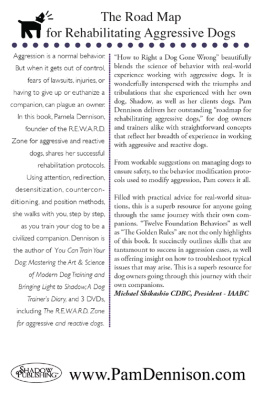
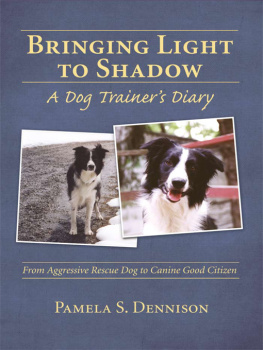
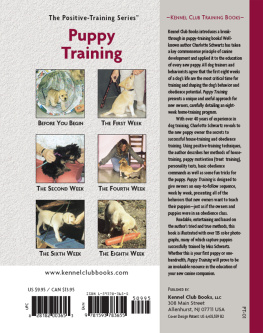
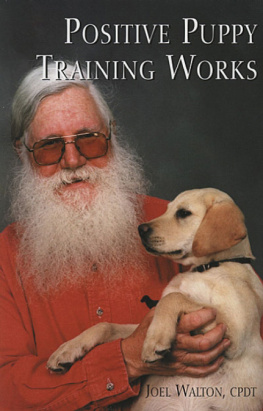

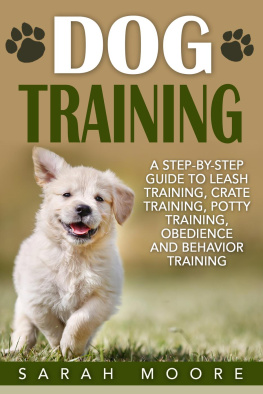
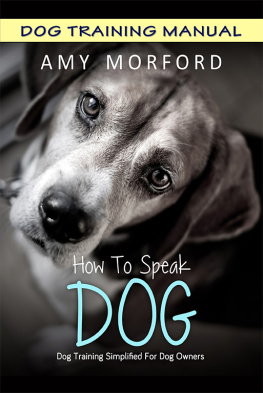

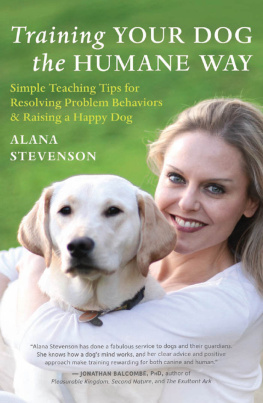
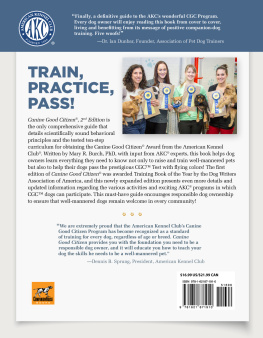
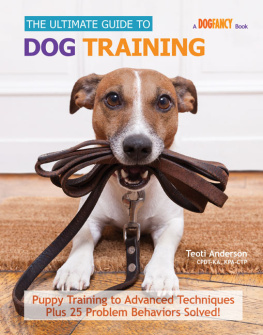



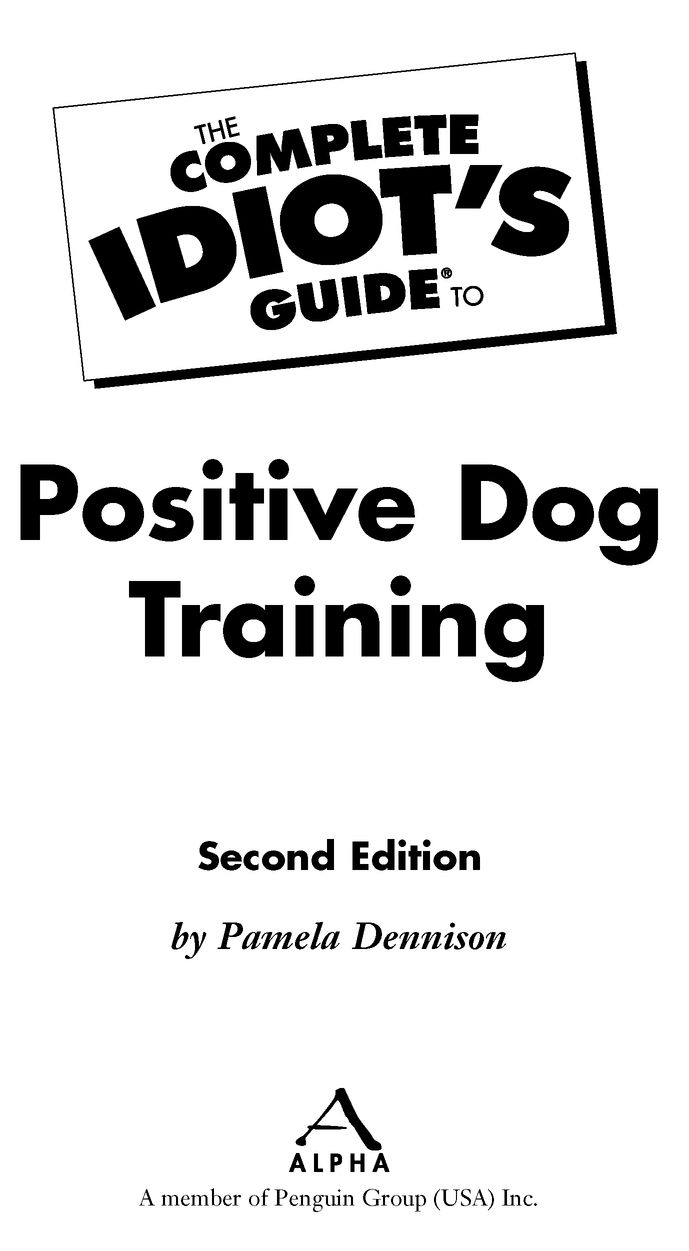


 here. Ignore at your own risk.
here. Ignore at your own risk.